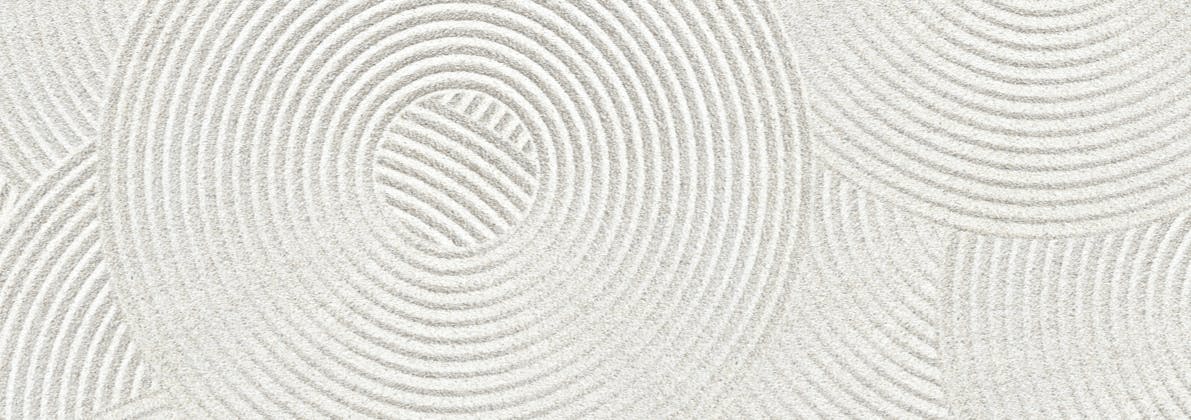The quest for a youthful and rejuvenated appearance has led to significant advancements in plastic surgery and dermatology. Among the myriad of available treatments, the combination of Deep Plane Facelift surgery and CO2 laser resurfacing stands out as a potent duo for comprehensive facial rejuvenation. This blog post explores the synergistic effects of these two procedures, delving into their methodologies, benefits, recovery processes, and what patients can expect when opting for this dual approach.
Understanding Deep Plane Facelift Surgery
Deep Plane Facelift surgery is an advanced facial rejuvenation technique that addresses aging signs at a deeper structural level compared to traditional facelift methods. This procedure targets the layers beneath the SMAS (Superficial Musculoaponeurotic System), allowing for significant repositioning and lifting of facial tissues. By focusing on the deep plane layer, this technique effectively addresses sagging skin, deep nasolabial folds, and lost volume in the midface, resulting in a more natural and lasting lift.
The surgery involves incisions made around the hairline and ears, through which the surgeon can access and mobilize deeper facial structures. The repositioning and tightening of these structures lead to a lifted, more youthful facial contour, with less tension on the skin, which contributes to more natural-looking results and reduced scarring.
Exploring CO2 Laser Resurfacing
CO2 laser resurfacing is a non-surgical procedure that uses fractional carbon dioxide laser technology to rejuvenate the skin. This technique is highly effective in treating superficial skin issues such as fine lines, wrinkles, sun damage, uneven texture, and acne scars. The laser works by removing the outer layers of damaged skin, stimulating collagen production, and promoting the regeneration of new, healthier skin cells.
The precision of CO2 laser resurfacing allows for targeted treatment, minimizing damage to surrounding tissues and resulting in a smoother, more even, and revitalized skin surface. When combined with a Deep Plane Facelift, CO2 laser resurfacing enhances the overall rejuvenation effects, addressing both deep structural aging signs and superficial skin imperfections.
The Synergy of Combining Both Procedures
Combining Deep Plane Facelift surgery with CO2 laser resurfacing provides a comprehensive approach to facial aging, addressing both the underlying structures and the skin's surface. Here's how they complement each other:
- Enhanced Results: The Deep Plane Facelift provides the lift and structural correction, while CO2 laser resurfacing improves skin texture, tone, and quality. Together, they offer a more complete rejuvenation than either procedure could achieve alone.
- Balanced Rejuvenation: While the facelift targets the lower face and neck, laser resurfacing can be applied to the entire face, including the forehead and eye area, ensuring a uniform, balanced appearance.
- Reduced Recovery Time: Undergoing both procedures simultaneously can reduce overall recovery time compared to having them done separately. Patients can address multiple concerns in one surgery and recovery period.
- Cost-Effective: Combining procedures can also be more cost-effective, with only one anesthesia and facility fee, and a single recovery period reducing the overall time and expenses associated with separate treatments.
Ideal Candidates for the Combined Approach
Ideal candidates for combining Deep Plane Facelift surgery with CO2 laser resurfacing are those looking for a significant, comprehensive facial rejuvenation. They should have realistic expectations, be in good general health, and have signs of facial aging that affect both the skin's surface and deeper facial structures. Candidates must have a thorough consultation with a board-certified plastic surgeon and dermatologist to discuss their goals, potential risks, and the expected outcomes of the combined procedures.
The Recovery Process
The recovery period for the combined approach is generally similar to that of a Deep Plane Facelift alone, as the addition of CO2 laser resurfacing does not significantly extend the healing time. Patients can expect some swelling, bruising, and redness post-surgery, which gradually subsides over the following weeks. The laser-treated skin may appear red and feel like a sunburn, with peeling occurring as new skin forms.
It's essential for patients to follow their surgeon's aftercare instructions meticulously, which will include guidelines on cleaning the treated areas, managing discomfort, and avoiding sun exposure to ensure optimal healing and results. Regular follow-up appointments will monitor the healing process and address any concerns.
Risks and Considerations
While combining Deep Plane Facelift surgery with CO2 laser resurfacing can offer remarkable results, it's essential to consider the potential risks and ensure you're under the care of experienced professionals. Potential risks include scarring, infection, changes in skin pigmentation, and prolonged redness or swelling. An experienced surgeon can minimize these risks and manage any complications that may arise.
Conclusion
Combining Deep Plane Facelift surgery with CO2 laser resurfacing represents a holistic approach to facial rejuvenation, addressing both deep structural issues and superficial skin imperfections. This combination can provide a more significant and harmonious improvement in facial aesthetics, offering patients a refreshed, youthful appearance that reflects how they feel inside.
However, the decision to undergo any cosmetic procedure should not be taken lightly. Prospective patients should thoroughly research, consult with qualified professionals, and consider their individual needs and circumstances before deciding. When performed by skilled and experienced facial plastic surgeons, the combination of Deep Plane Facelift and CO2 laser resurfacing can safely and effectively turn back the clock, providing patients with natural-looking, long-lasting results.


